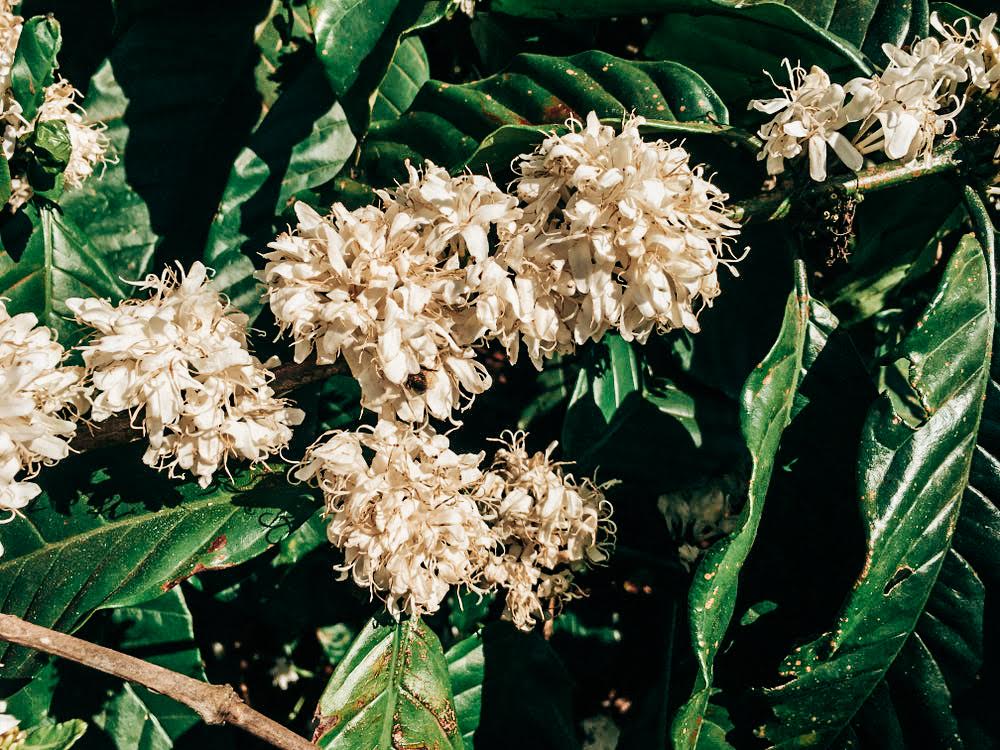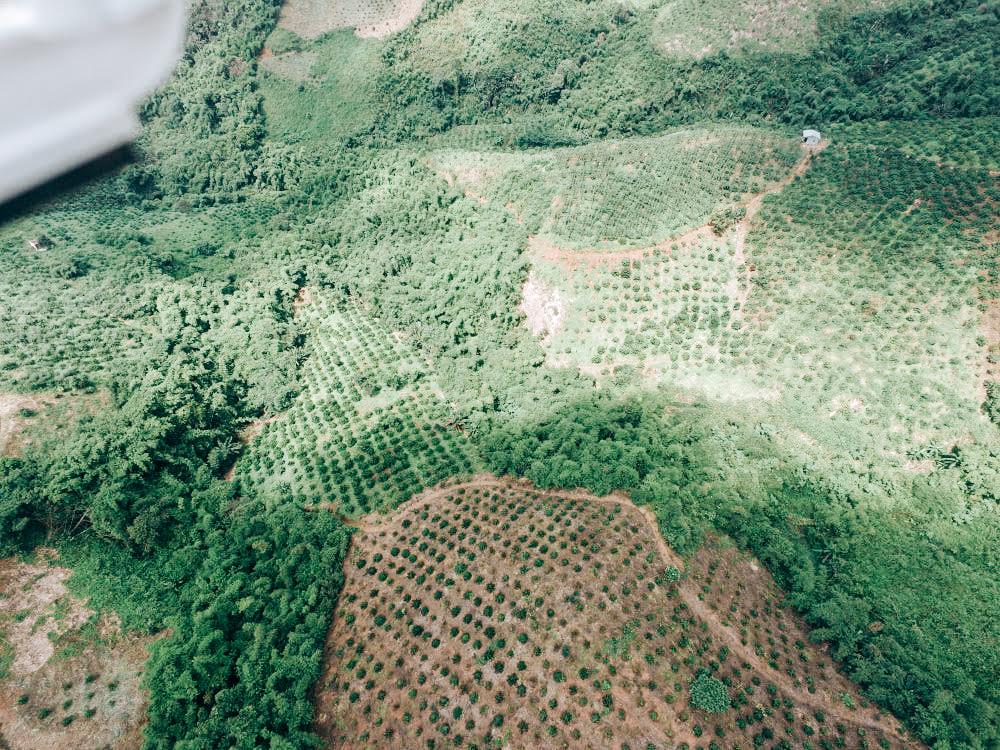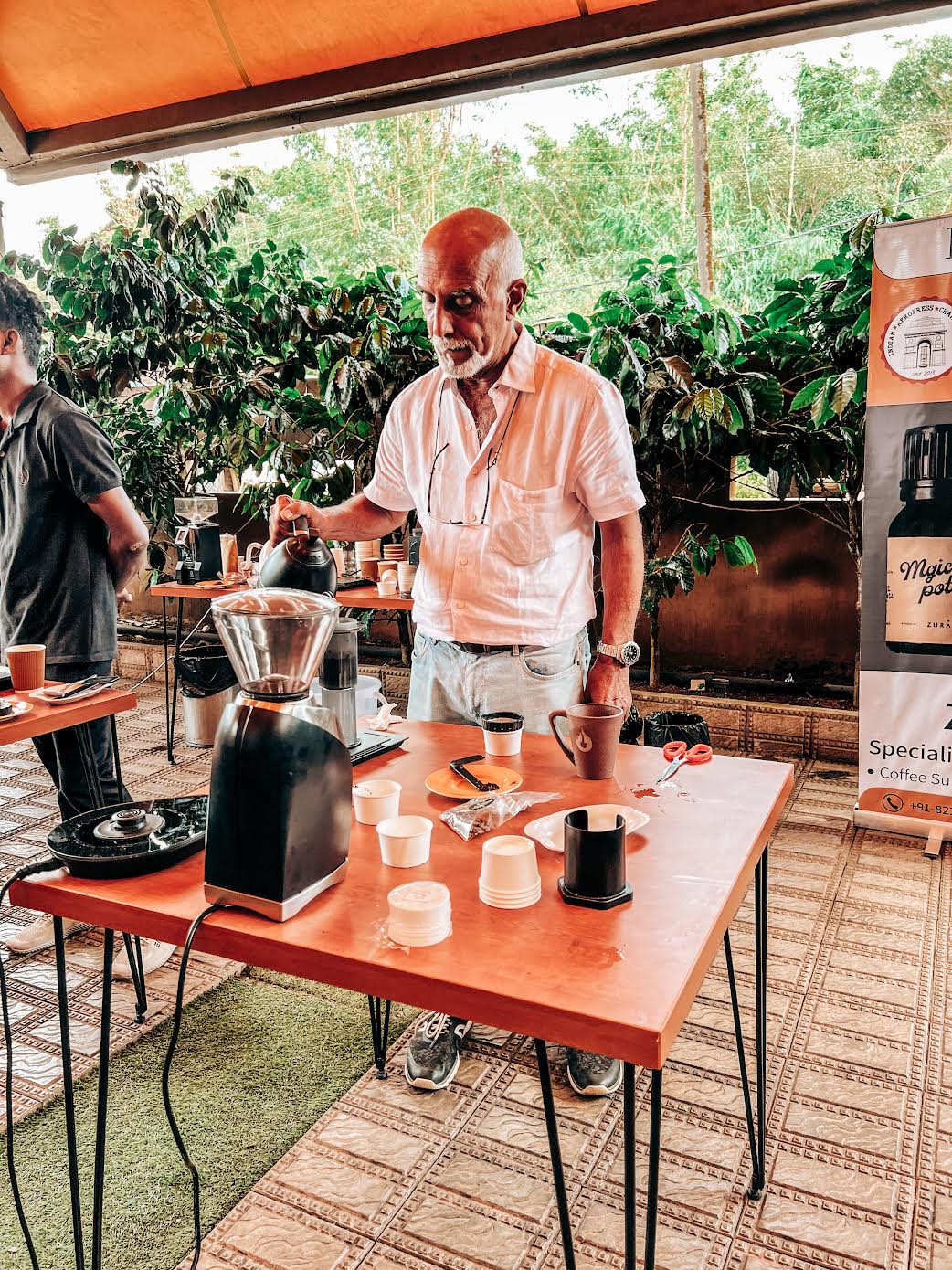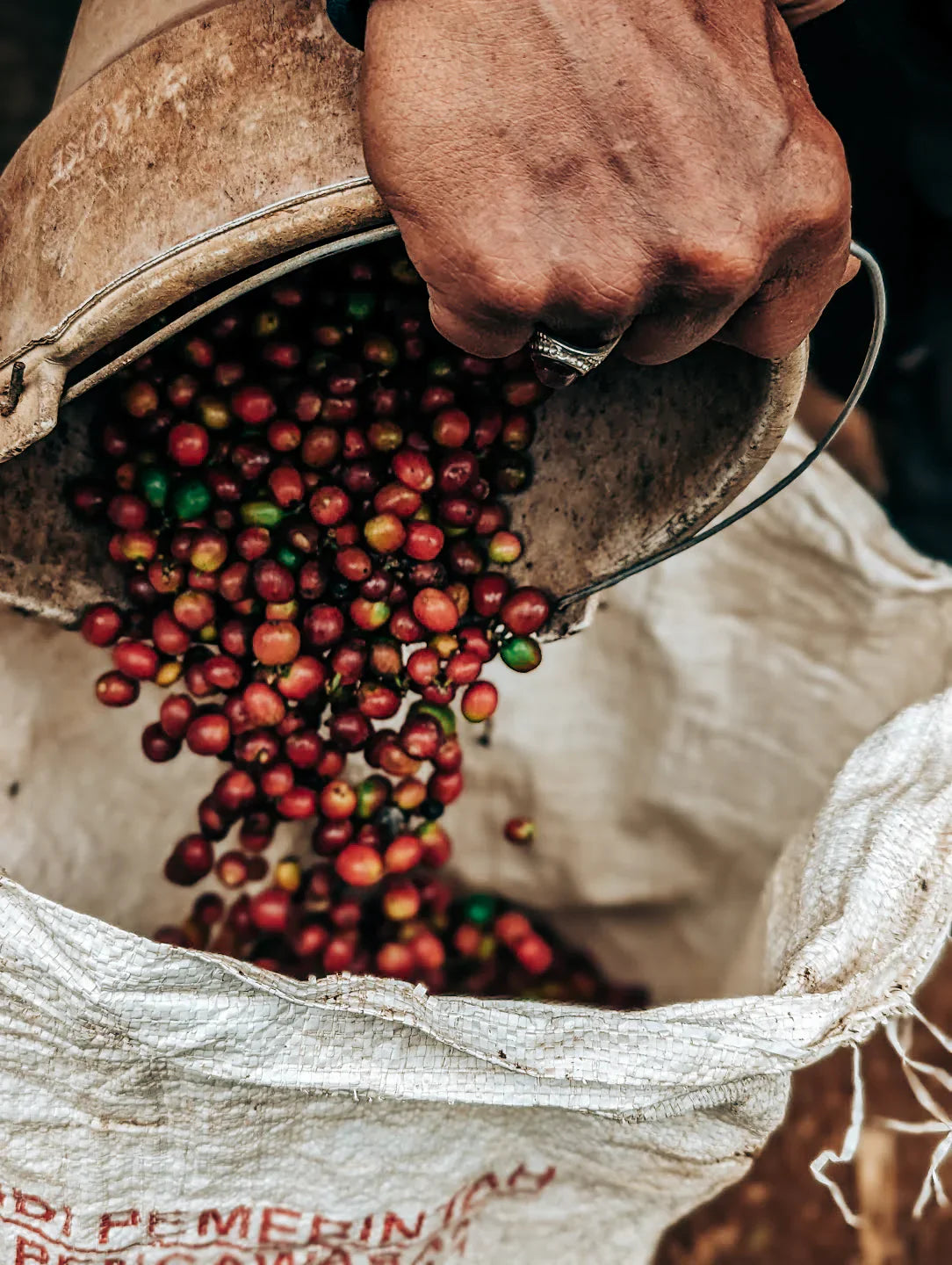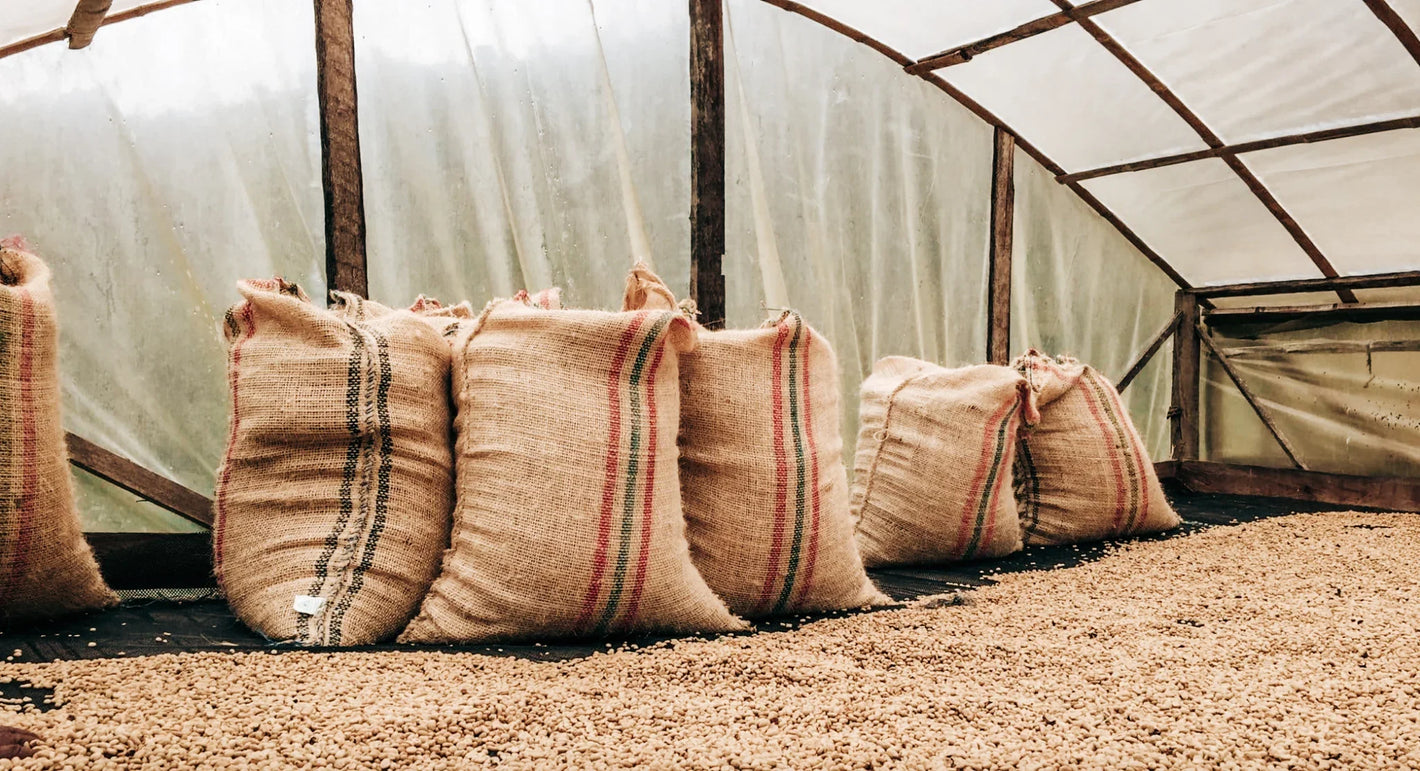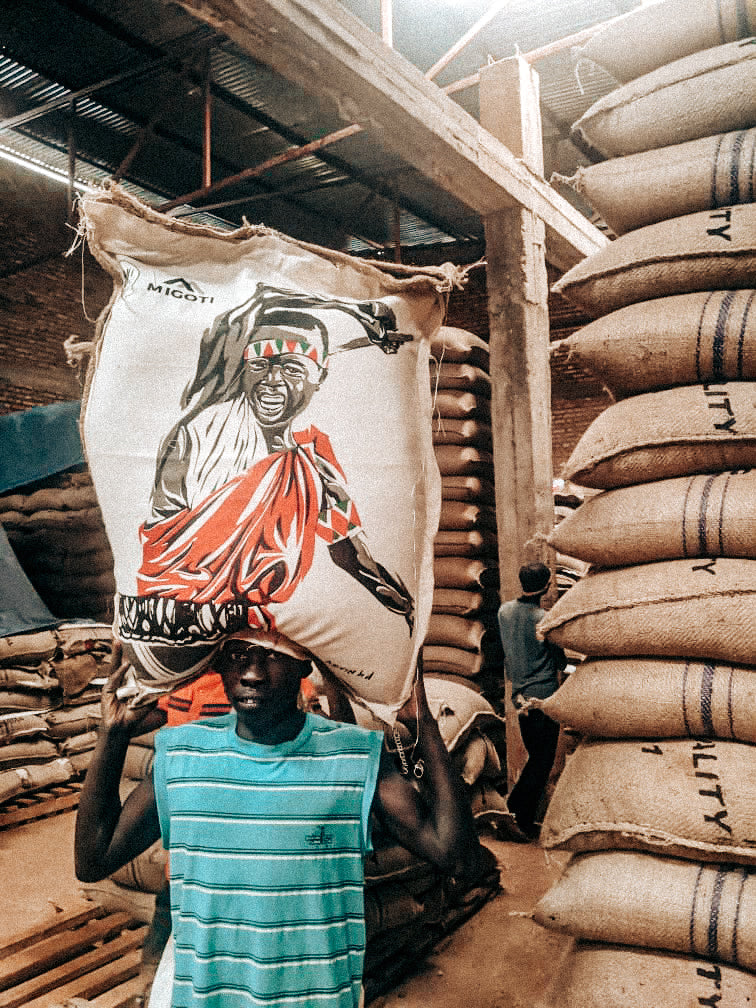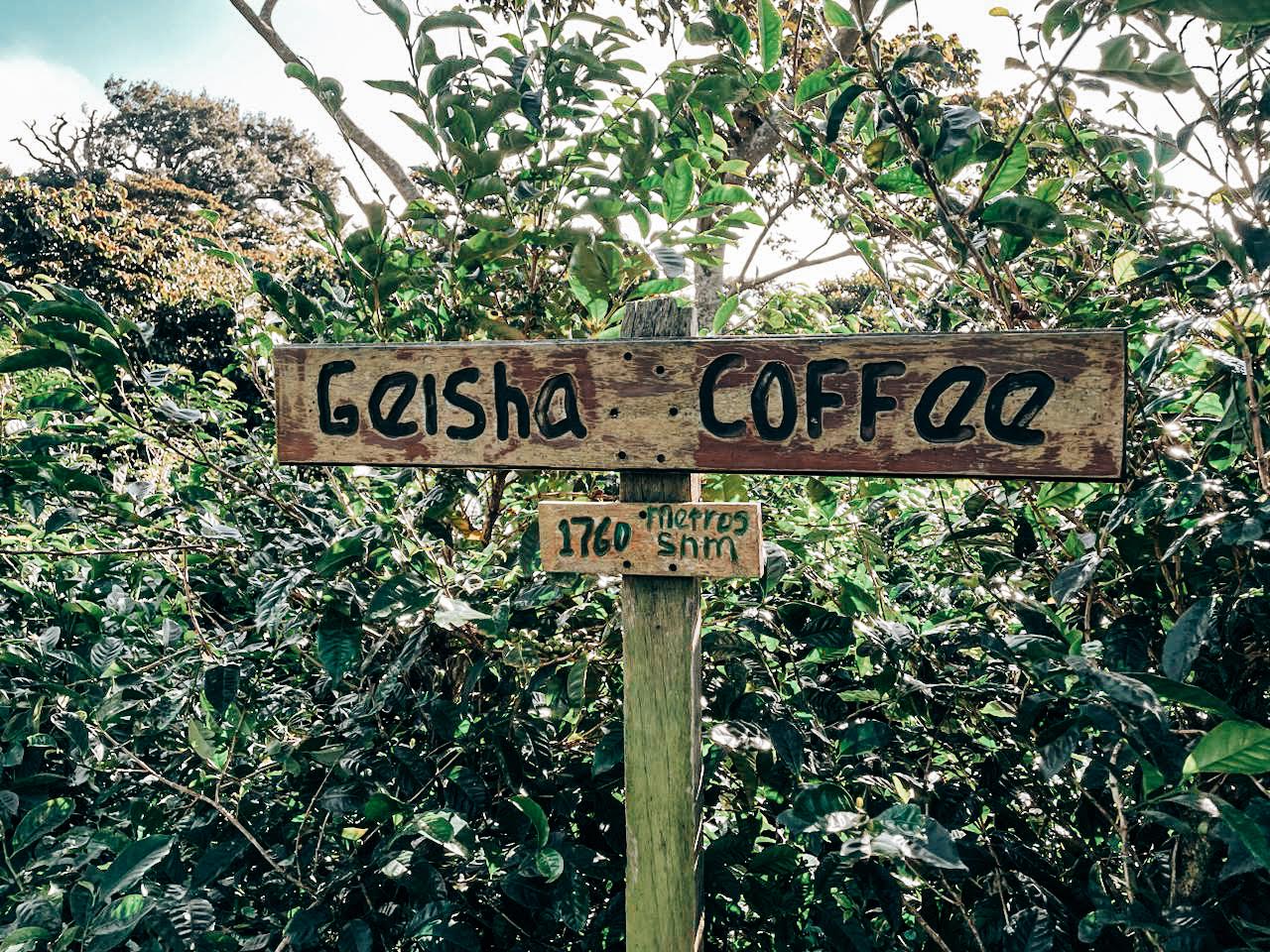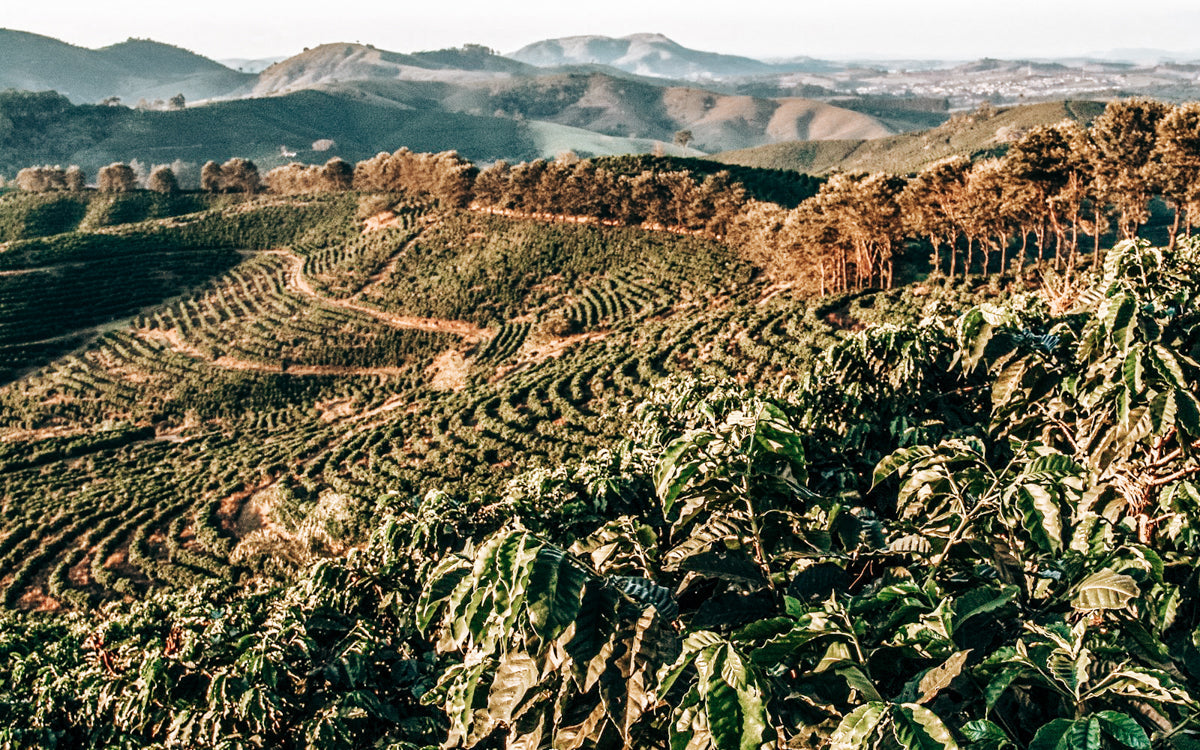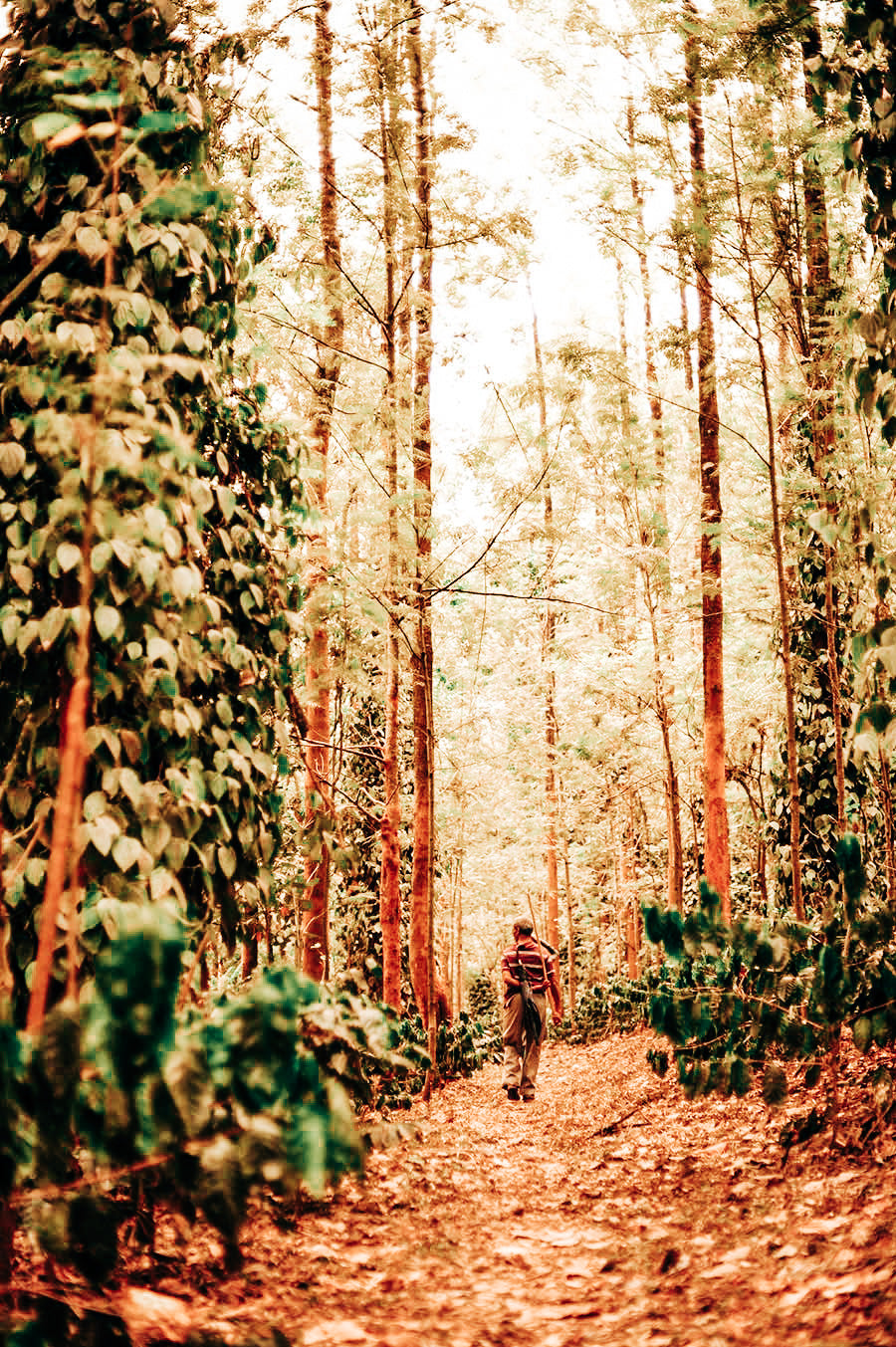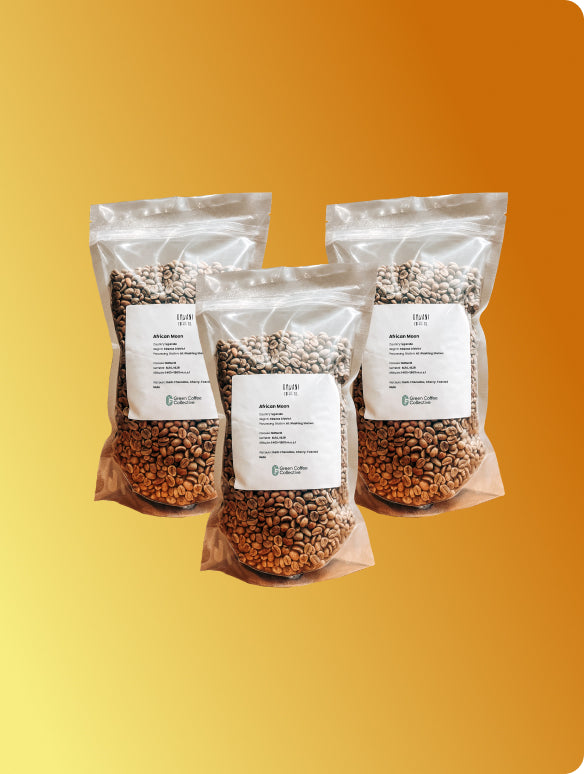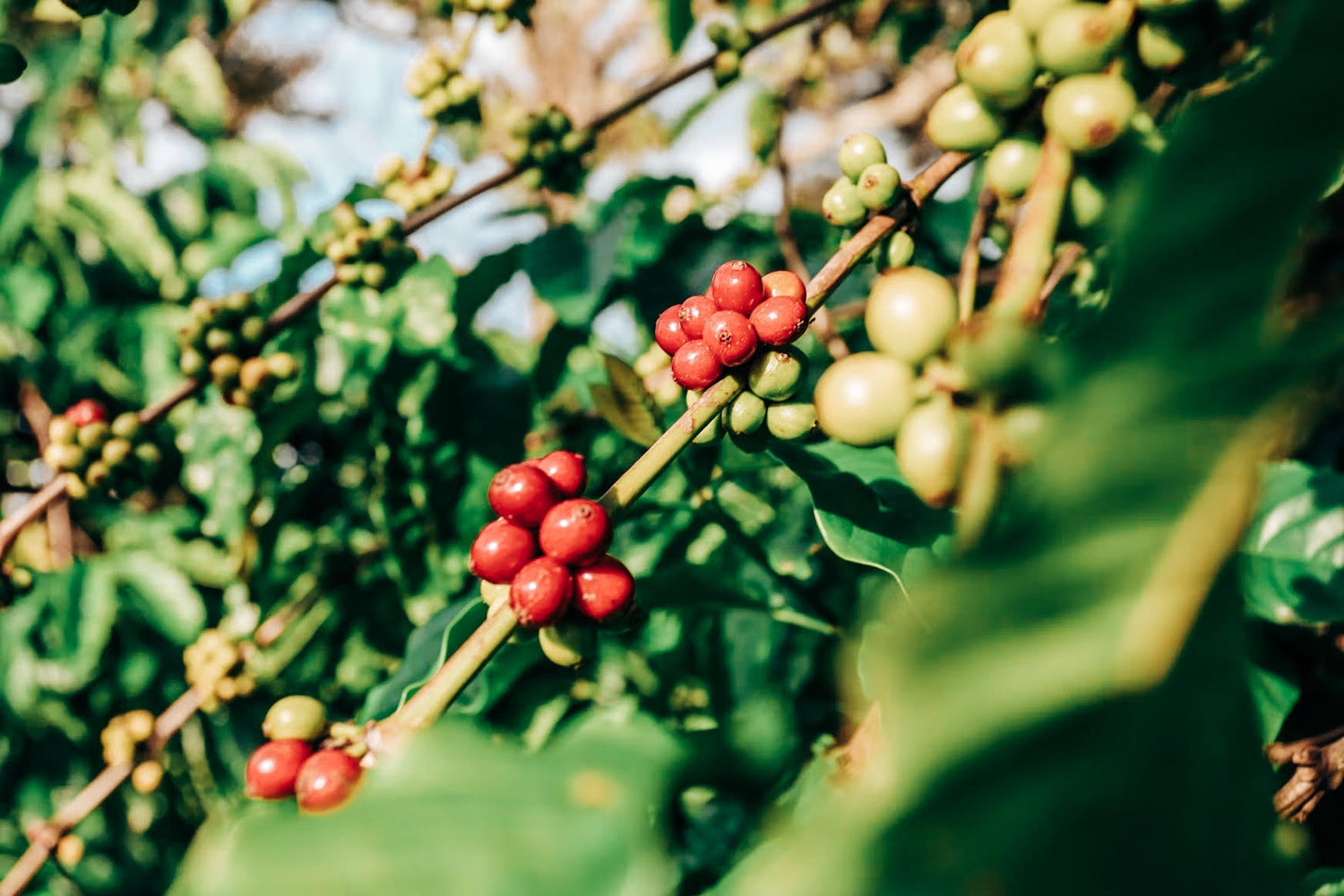
Robusta
Robusta is known for its bold flavour, high caffeine, and earthy, nutty profile. Traditionally used in blends and commodity-grade coffee, it’s often strong and bitter – but that’s starting to change. With better growing and processing practices, specialty-grade robusta is gaining ground. This collection brings together robustas chosen for their body, structure, and consistency – from traditional lots to newer, quality-led examples.
-
Vietnam Robusta Wet Polished Scr. 18 RFA
Cupping Score81.0Processing methodVarietalCanephoraIn Stock+30kg left -
Craigmore Kattimuttu - Robusta - Honey Sundried
Processing methodVarietalRobustaMain flavour notesBold | Nutty | ChocolateIn Stock+40kg left
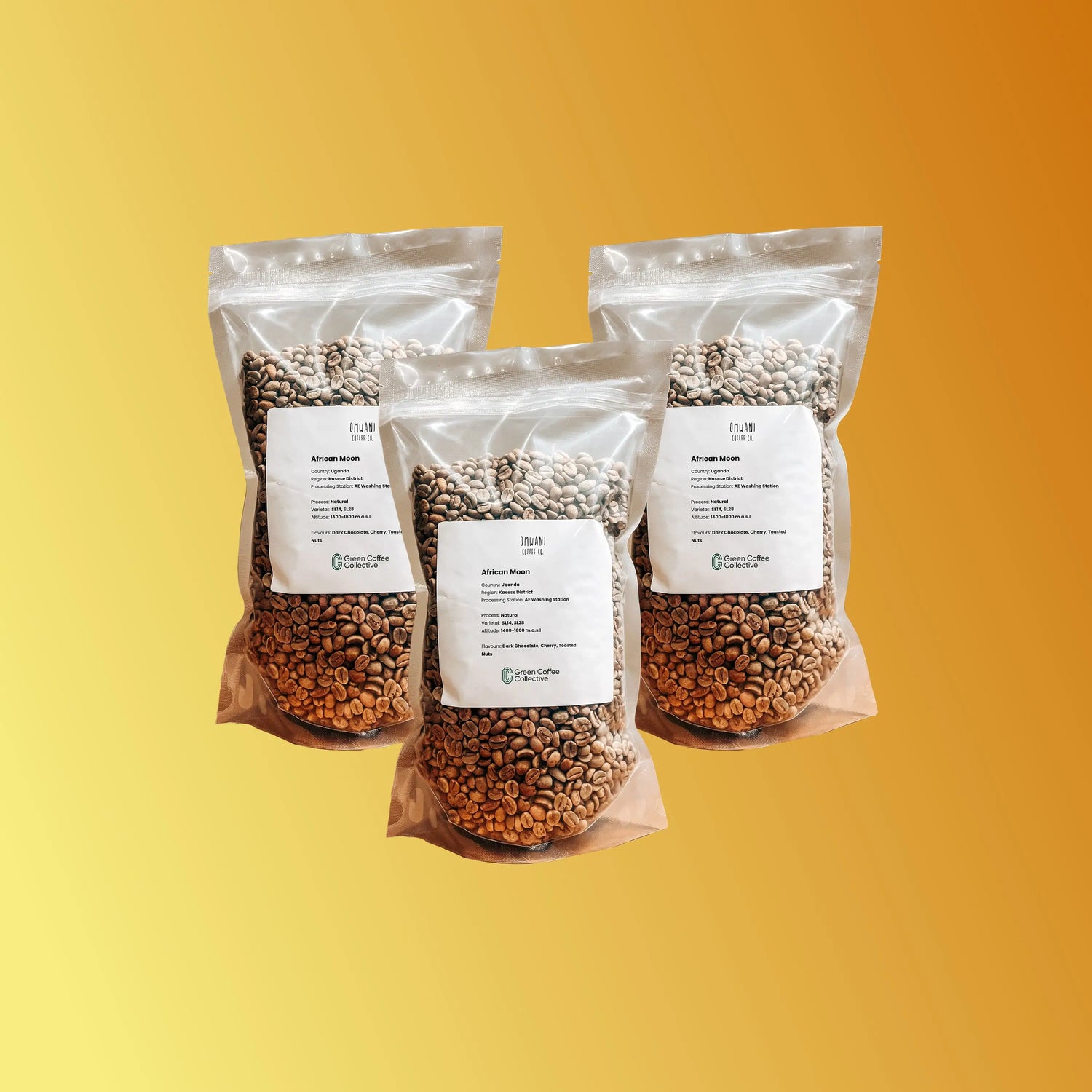
Your guide to Robusta
-
What is Robusta, and how is it different from Arabica?
-
What does ‘specialty-grade Robusta’ mean?
-
When should I consider using Robusta?
